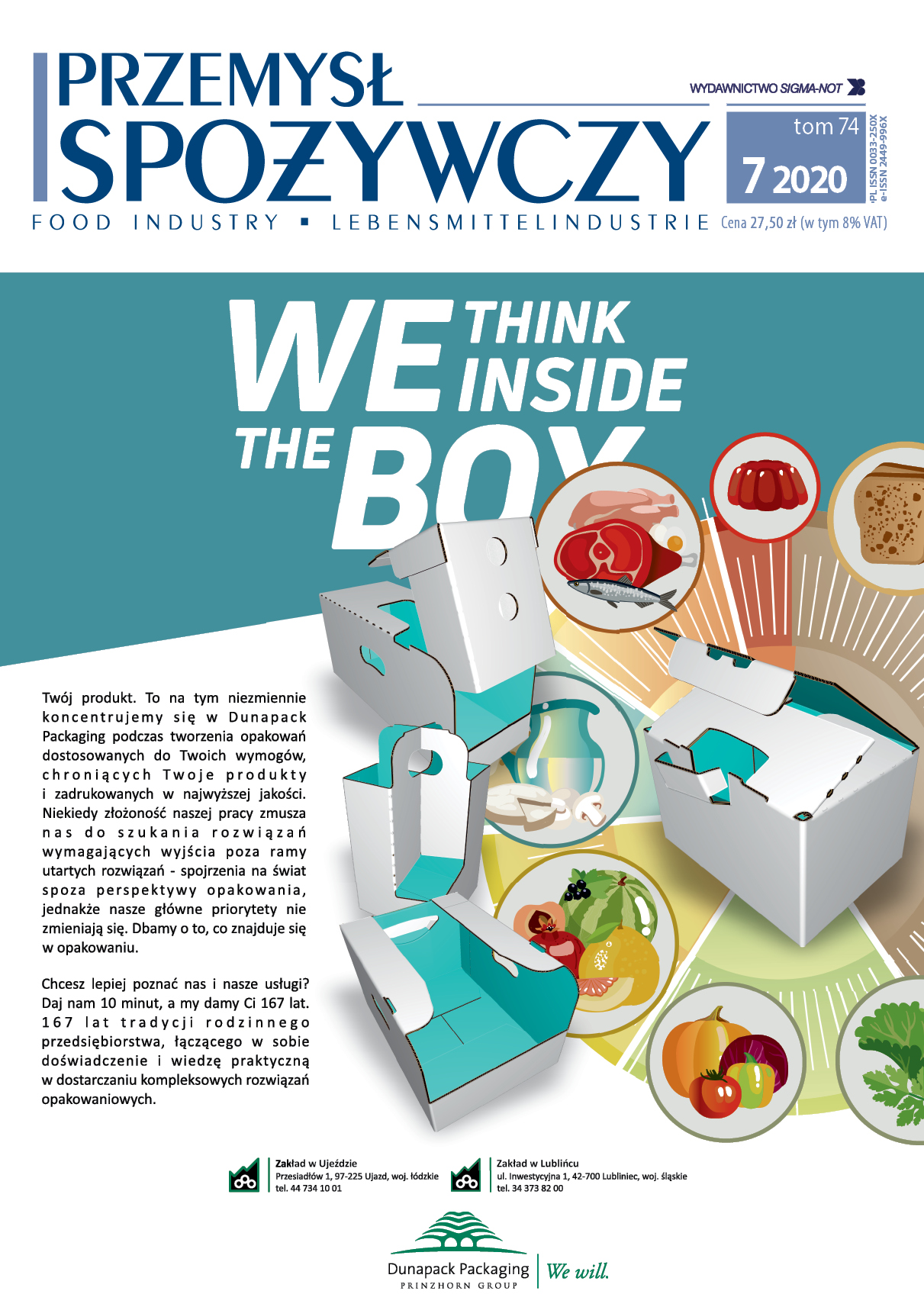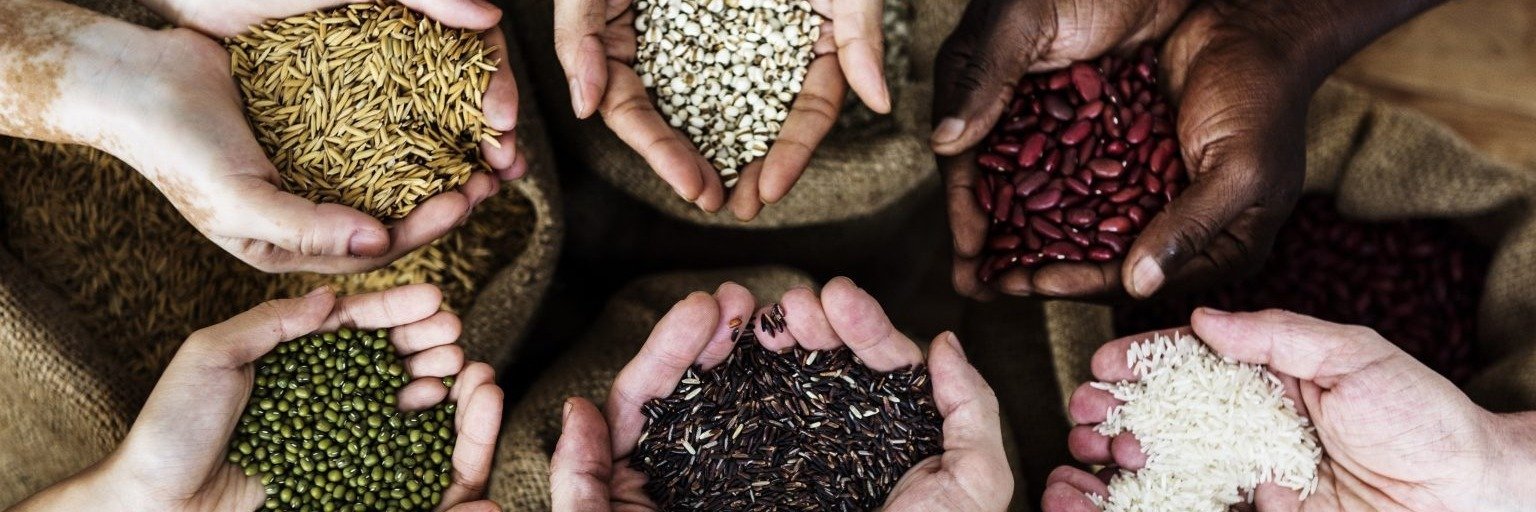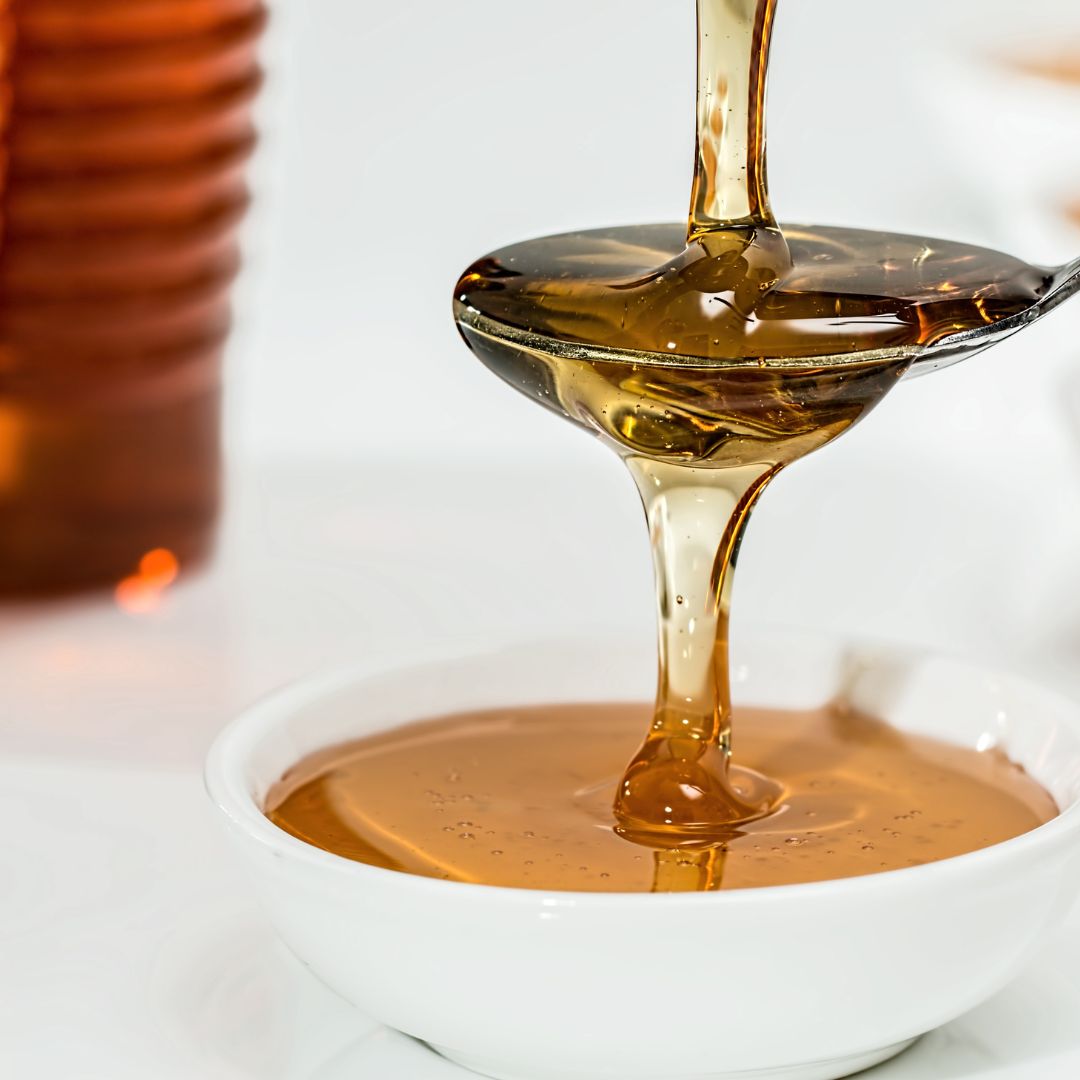ECONOMY
- 2 Activities of EU Institutions in Supporting the Agri-Food Sector During the COVID-19 Pandemic – Renata Grochowska (DOI 10.15199/65.2020.7.1)
The outbreak of the COVID-19 virus pandemic (also called SARS-CoV-2) in January 2020 in Europe affected all European Union (EU) Member States. The recovery of the economic situation in individual countries depends not only on the development of the pandemic, but also on the structure of economies as well as the ability to react and create a stabilization policy. Although these activities are mainly the responsibility of Member States, it is expected that the EU institutions (European Commission, European Council, Council of the European Union and European Parliament) will also be active in responding to the current needs of the EU economy and will indicate the directions of its development in the coming years. The article presents the current activities of EU institutions aimed at supporting the EU economy, including the agri-food sector in order to reduce the socio-economic impact of a pandemic caused by COVID-19, and outlines plans for further activity in this area in the medium-term perspective.
KEY WORDS: COVID-19 pandemic, UE institutions, agri-food sector
LAW
- 8 Food Safety Management in Food Chain According to PN EN ISO 22 000:2018 – Rosiak Elżbieta (DOI 10.15199/65.2020.7.2)
The ISO 22000: 2018 standard has been in force as a national standard since August 2018. The standard is based on High Level Structure, thanks to which it can be implemented and integrated with other management systems: ISO 9001, ISO 14001, ISO 45001. The structure of Annex SL includes 10 Clauses and allows to eliminate misunderstandings, duplication and conflicts resulting from differences in interpretation management systems standards. The Plan-Do-Check-Act cycle is used for planning and control FSMS at the organizational level and coexists with the PDCA cycle of planning and control at the operational and process level of a food safety system. The most important differences between the 2005 and 2018 standards can be divided into two categories: the first is due to the adoption of the HLS structure in the 2018 standard, the second category is changes specific to ISO 22000 and food safety management.
KEY WORDS: food, management, 22000 ISO standards, safet
- 16 Additives and Food Ingredients Used for Technological Purposes – The Position of The European Commission – Joanna Gajda-Wyrębek (DOI 10.15199/65.2020.7.3)
Currently, manufacturers are trying to eliminate food additives from the product recipe by replacing them with plant extracts. The article presents the legal aspects of using plant extracts, including coloring food, instead of food additives. The position of the European Commission on the use of plant extracts rich in constituents capable of performing a technological function has been also discussed. It has been found that the use of extracts for technological purposes is the intended use of a food additive within the meaning of Regulation (EC) No 1333/2008. At the same time, plant extracts not included in the list of food additives and not meeting the requirements of the specification established for a given additional substance cannot be used in food for technological purposes. On the other hand, plant extracts with a technological function cannot be labeled as flavors in the list of product ingredients as flavors, even if they also have flavoring properties.
KEY WORDS: food additives, plant extracts, colouring foods
FOOD – FEEDING
- 19 The Problem of Polycyclic Aromatic Hydrocarbons in Food – Jagoda Kępińska, Wioletta Biel (DOI 10.15199/65.2020.7.4)
Polycyclic aromatic hydrocarbons (PAHs) are commonly found in the environment, and technological development increases human exposure to these pollutants. They are a large group of organic compounds characterized by the presence of two or more conjugated aromatic rings in the molecule. Many PAHs are genotoxic and carcinogenic. These compounds can form in the food itself (initially), as well as during the processes of its industrial processing, preparation for consumption or preservation. Over the past several years, many qualitative and quantitative tests of PAHs have been carried out in various food products. The purpose of the article is to characterize the main PAHs and to evaluate the occurrence and content of PAHs in food products of domestic production in relation to the requirements of the European Union legislation.
KEY WORDS: food safety, polycyclic aromatic hydrocarbons, human health, contaminants
LOGISTIC-PACKAGING
- 26 The Use of IT Systems in Logistics – Magdalena Kownacka (DOI 10.15199/65.2020.7.5)
The agri-food industry is a specific sector of the economy that deals with the production, processing and distribution of food. To ensure consumer the health safety of consumers, it is often necessary to meet restrictive requirements at all stages „from farm to fork”. The guarantee of effective conduct of complex processes throughout the entire food chain is suitable logistic support, which is designed to optimize the flow of goods and information. Improving logistics is possible through the use of new technologies, including IT systems (e-Logistics), e.g. ERP, SCM, WMS or CRM, which contribute to reducing logistics costs and increasing the company’s competitiveness on the market. It has been shown that the level of advancement of IT systems increases with the increase in employment in the enterprise. The most comprehensive and popular systems are ERP (Enterprise Resource Planning). In 2019, the percentage of food industry enterprises using this type of systems was approximately 28.5%, which was almost 4 times higher than in 2009. The high costs of implementing IT systems significantly reduce the scale of their use in small enterprises. The opportunity for such companies is on-demand software and cloud-based solutions accessible via the Internet.
KEY WORDS: logistics, food chain, management, IT systems, ERP
REVIEW
- 32 The welfare of farm animals in transport – Bogdan Klepacki
EVENTS
- 13 E-commerce reaches for external logistics providers
- 24 Logistics solutions for fresh products
- 30 Will automation and robotization eventually replace the employee?
- 34 The way of Leon Janta-Połczyński




